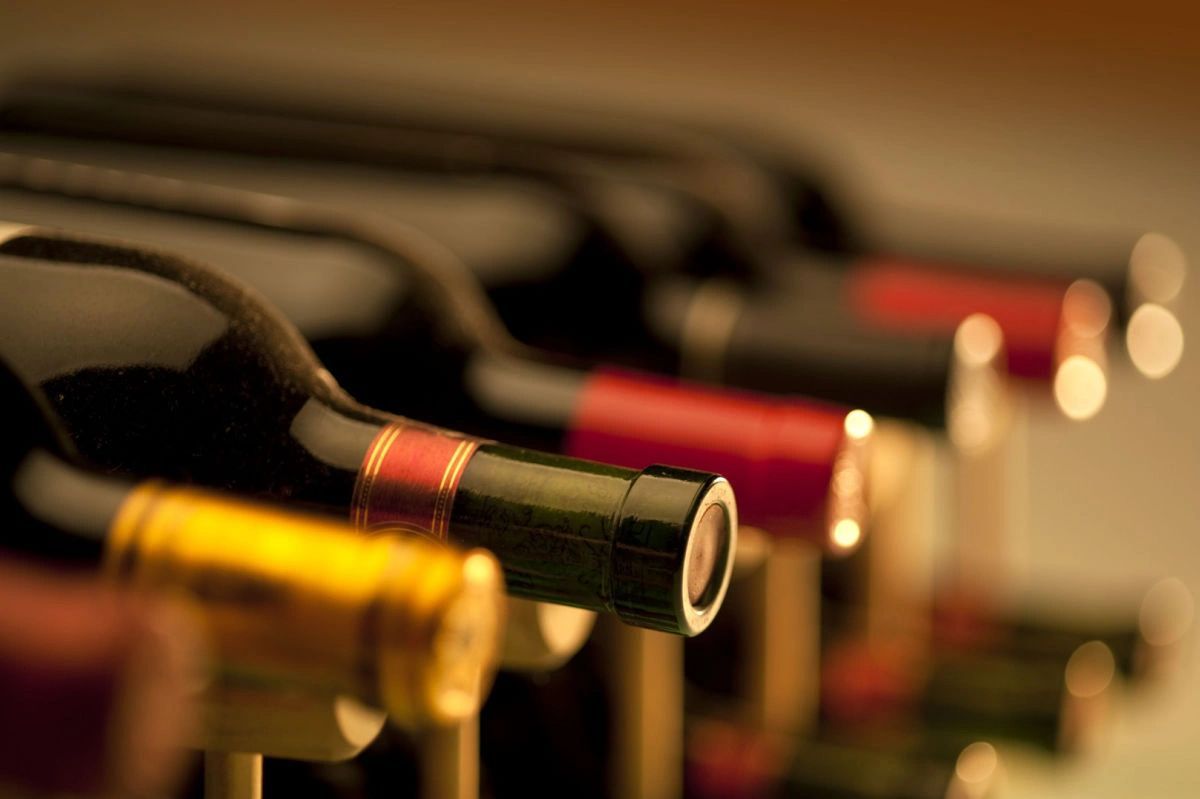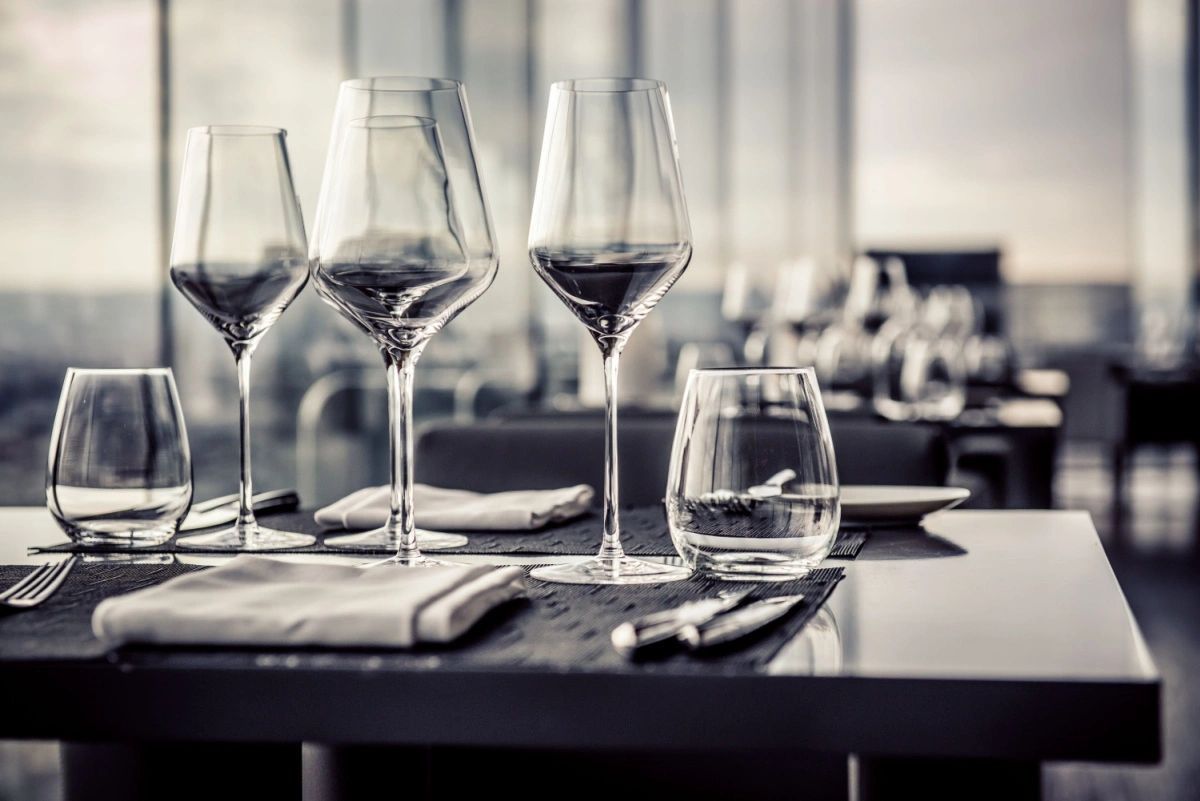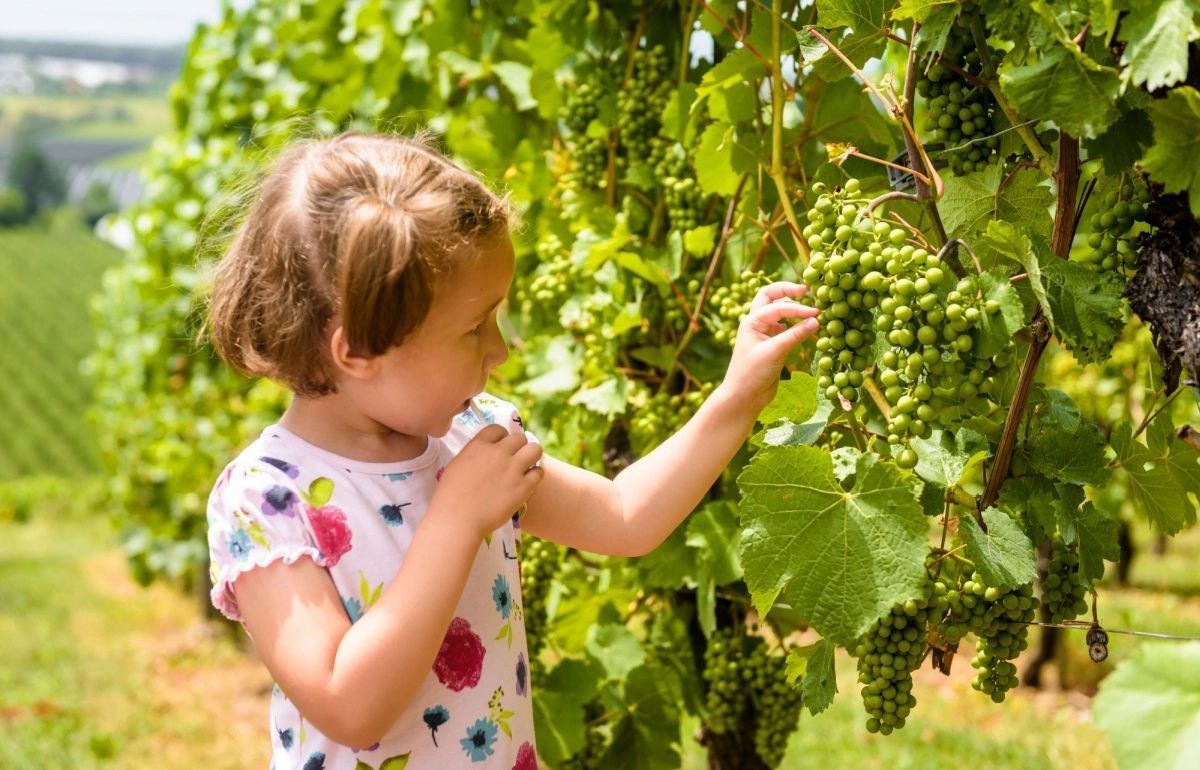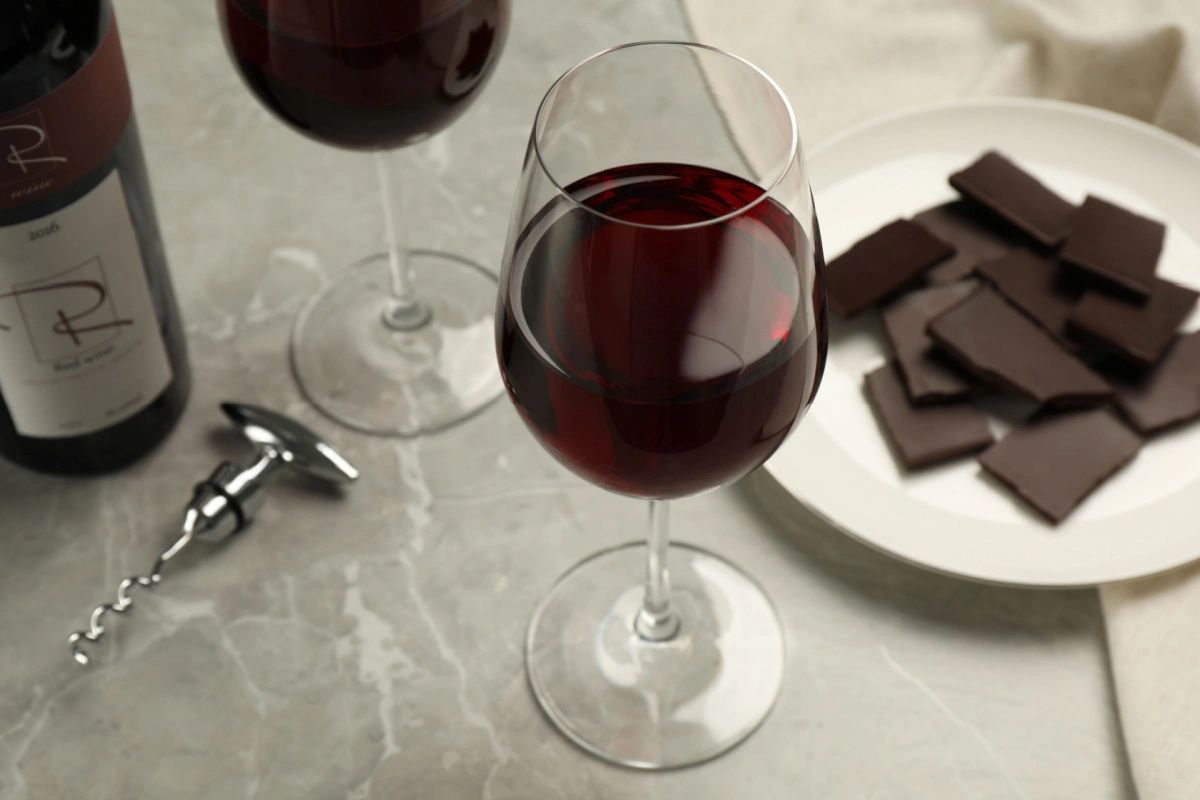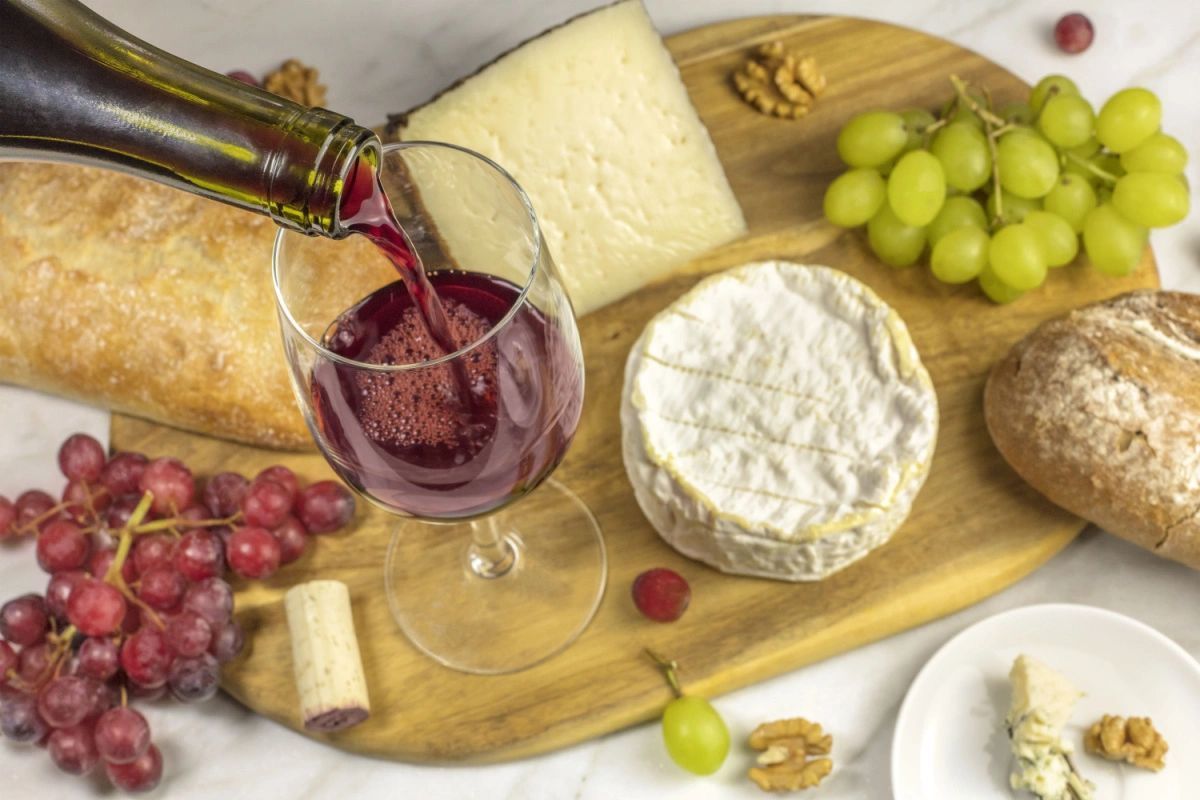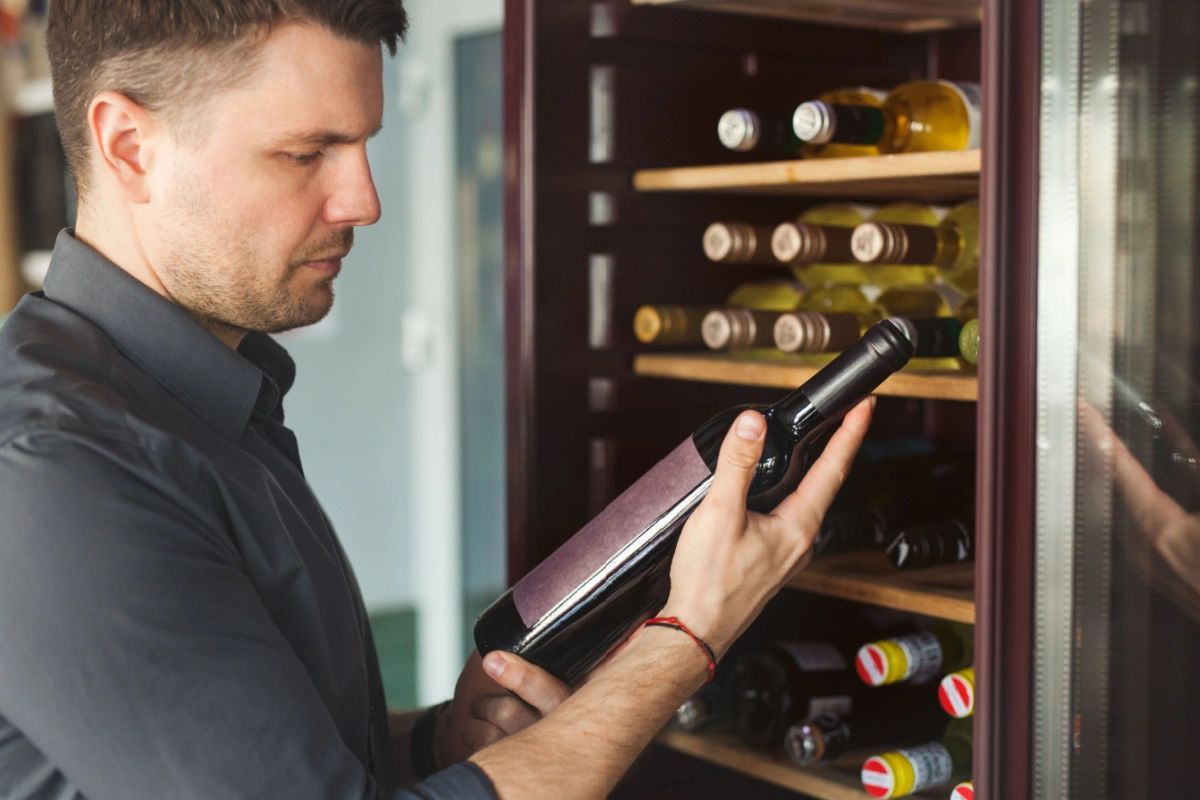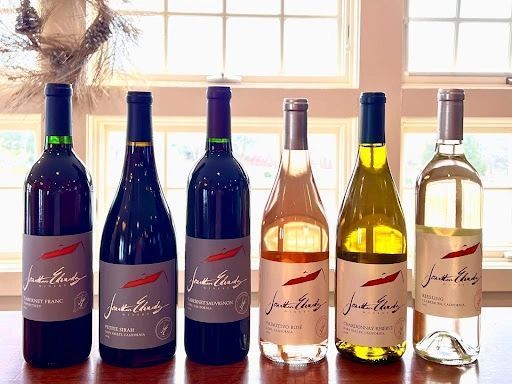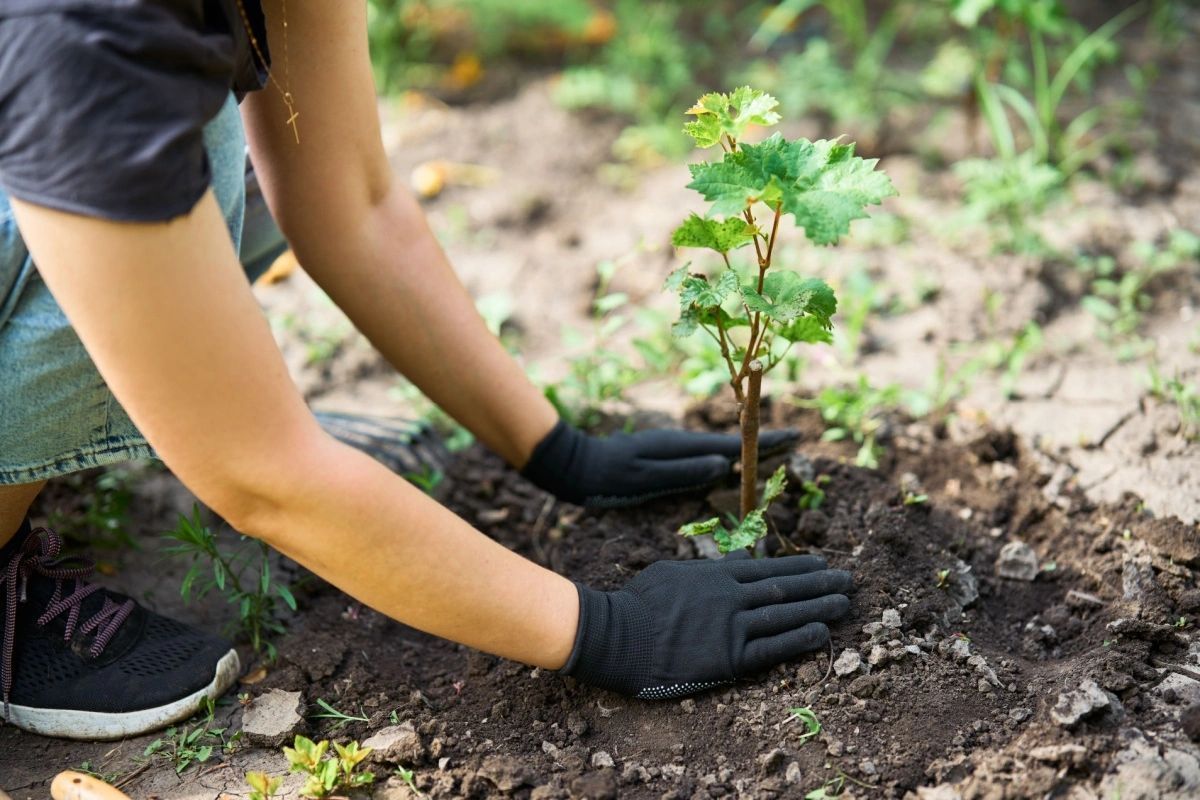
Winemaking is an art that begins in the vineyard, and the foundation of any vineyard lies in its soil. At Jonathan Edwards Winery in Connecticut, we understand that the quality of our wine starts from the ground up. The soil in which our vines grow plays a crucial role in the overall health of the vineyard and the flavor profile of our wines. Let's take a look at the importance of soil in winemaking and how different soil types influence wine production!
Understanding Vineyard Soils
Vineyard soils, often referred to as terroir, are a blend of organic material, mineral particles, and soil texture. These elements interact to create the unique environment in which wine grapes thrive. The composition of vineyard soils varies widely, and each type has distinct characteristics that affect the growth of the vine roots and the grapes produced.
Sandy soils, for example, are known for their excellent drainage, allowing vine roots to penetrate deeply and access water and nutrients efficiently. These soils are typically found in warm climate regions and contribute to the production of highly aromatic wines with delicate flavors. Sandy loam soils combine sand, silt, and clay, offering a balance of drainage and nutrient retention, making them ideal for growing grape varieties such as Pinot Noir and Cabernet Sauvignon.
The Role of Soil Fertility
Soil fertility is another critical factor in winemaking. Fertile soils, rich in organic matter and nutrients, support robust plant growth and healthy vines. However, excessive fertility can lead to overly vigorous vines, producing wines with diluted flavors. Winemakers often seek a balance between fertile soils and infertile soils to achieve the desired wine flavor.
Clay soil and clay-rich soils are known for their ability to retain moisture and nutrients, which can be beneficial in dry farmed vineyards. These soils provide a stable environment for vine roots, helping to produce intense aromatics in wines. On the other hand, silt soils offer good water retention and nutrient status, contributing to the rich and full-bodied character of the wines produced.
The Impact of Soil Types on Wine Grapes
Different soil types impart unique qualities to wine grapes. For instance, calcareous soils, such as calcareous clay, contain high levels of calcium carbonate, which can influence the low pH and high pH balance in the soil. These soils are particularly favorable for growing white wines, as they enhance the crispness and minerality of the wine. Chalk soils and limestone soils are also notable for their good drainage and ability to retain heat, which can help in ripening grapes in cool climates.
Alluvial soils, found in fertile plains and valleys, are formed by the deposition of soil particles from rivers and streams. These soils are typically well-drained soils with a mix of sand, silt, and clay, providing an excellent environment for vine roots. Similarly, volcanic soils are rich in minerals from volcanic ash and lava, contributing to the nutrient status and unique flavor profile of wines from regions with volcanic activity.
Vineyard Management and Soil Health
Effective vineyard management practices are essential for maintaining soil fertility and health. Cover crops are often planted between vine rows to prevent erosion, improve soil texture, and add organic material to the soil. Additionally, adding compost and other organic amendments can enhance the fertile soils and support healthy vine growth.
Chemical weathering and local weather patterns also play a role in soil composition and structure. For example, dry-farmed vineyards rely on natural precipitation and soil fertility to sustain vine growth. In contrast, vineyards in cool weather regions may require different management practices to ensure plant growth and high-quality wine production.
Soil and Wine Quality
The relationship between soil and wine quality is undeniable. Vineyard soils not only influence the health and productivity of the vines but also the wine flavor and aroma. Hillside vineyards with calcareous soil or sandy loam can produce wines with intense aromatics and complexity. The same grape variety grown in different soils can result in distinct wine characteristics, showcasing the importance of soil in winemaking.
At Jonathan Edwards Winery, we are committed to understanding and nurturing our vineyard soils to produce exceptional wines. Our vineyard management practices are tailored to the unique needs of our soils, ensuring that our wines reflect the true essence of our terroir.
Try Something Delicious Today!
The soil in which wine grapes are grown is a fundamental aspect of winemaking. From sandy soil to limestone-rich clay soils, each soil type contributes to the unique flavor and character of the wine. At Jonathan Edwards Winery, we take pride in our commitment to sustainable vineyard practices and soil health, ensuring that every bottle of wine we produce reflects the rich diversity and quality of our vineyard soils.
Whether you’re just learning about the difference between white and red wine or you're a total wine enthusiast, we invite you to visit our winery in North Stonington, CT. Explore our wines, learn about our winemaking process, and discover the importance of soil in every sip (see also: our piece on the 5 S’s of wine tasting). Cheers to the soil beneath our vines and the wine in our glasses!
Categories
Sign up for blog updates!
Join my email list to receive updates and information.
Contact Us
We will get back to you as soon as possible.
Please try again later.
Recent Posts
